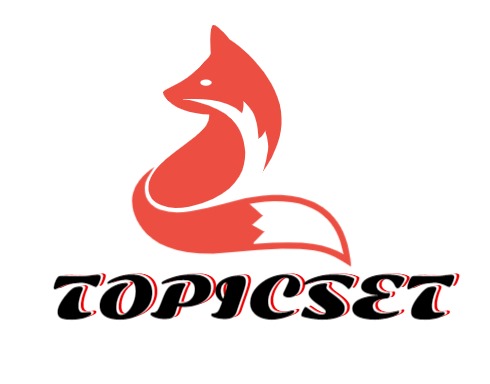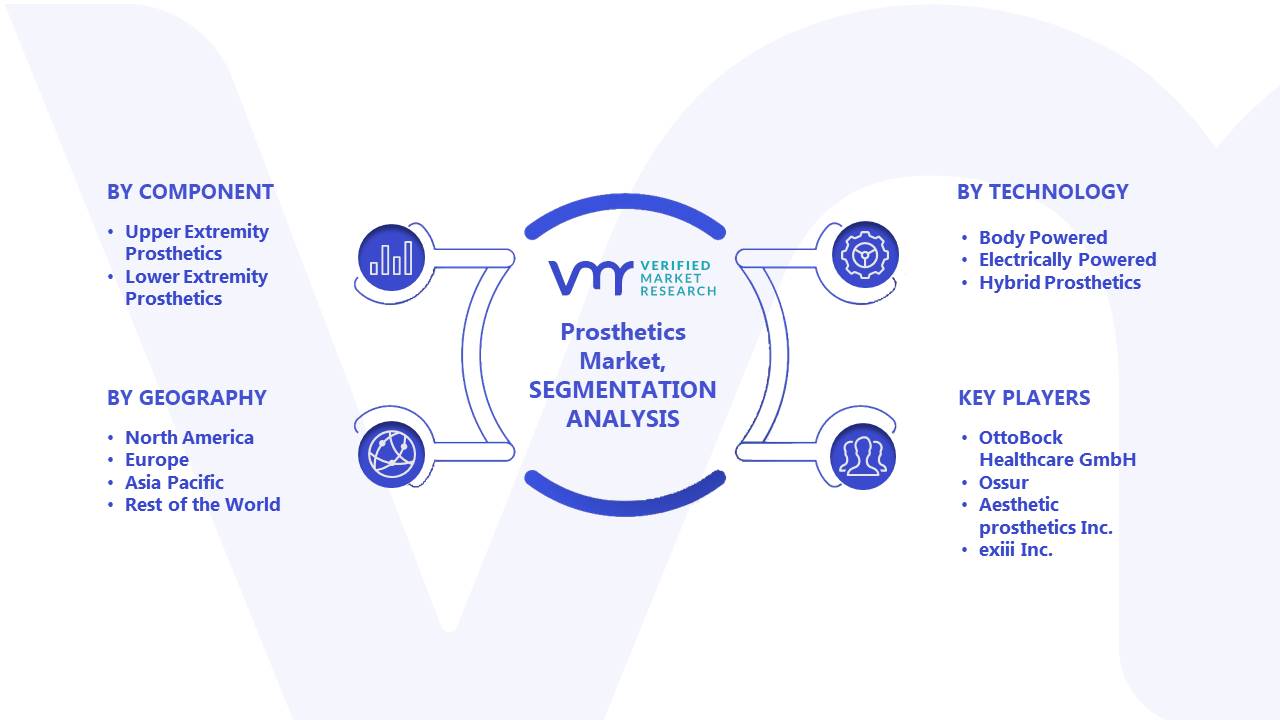8 Ways to Reduce Downtime in Your Manufacturing Industry

Downtime in the manufacturing industry can significantly impact productivity, causing delays, increased costs, and disruptions in operations. As a manufacturing professional, minimizing downtime is crucial for maintaining efficiency, meeting production targets, and ensuring a smooth workflow.
In this guide, we’ll explore strategies and practices to help you reduce downtime in your manufacturing processes.
Table of Contents
Implement Predictive Maintenance
Adopting predictive maintenance techniques can significantly reduce unplanned downtime. Use sensor technology and data analytics to monitor equipment health and performance in real-time.
Predictive maintenance helps anticipate potential breakdowns or issues before they occur, allowing for timely maintenance or repairs, thus preventing unexpected stoppages.
Enhance Employee Training and Skill Development
Investing in comprehensive training programs for your workforce can minimize errors and downtime caused by human factors. Ensure that employees are well-trained in operating machinery, troubleshooting common issues, and following standardized procedures.
Continuous skill development and training sessions keep your workforce updated on new technologies and best practices, reducing the likelihood of errors that lead to downtime.
Optimize Inventory Management
Efficient inventory management plays a crucial role in minimizing downtime. Maintain an optimal level of spare parts and necessary supplies to avoid delays in repairs or maintenance. Implement just-in-time inventory practices and employ inventory management systems to track stock levels accurately.
Ensuring a seamless supply chain reduces the risk of production halts due to lack of essential components. Also pay attention to your factory building. Consider industrial floor coating ponca city ok for easy cleaning.
Utilize Advanced Technologies
Incorporate cutting-edge technologies such as Internet of Things (IoT), Artificial Intelligence (AI), and Machine Learning (ML) to streamline manufacturing processes. IoT-enabled devices can provide real-time data on machine performance, while AI and ML algorithms can analyze patterns and predict potential equipment failures. These technologies facilitate proactive decision-making and enable preventive actions to minimize downtime.
Streamline Changeover Processes
Optimize changeover procedures to reduce downtime between production runs. Develop standardized changeover protocols, invest in quick-change tooling or equipment, and train employees on efficient changeover techniques.
Minimizing the time required to switch between different product lines or setups can significantly increase overall equipment efficiency.
Conduct Regular Equipment Inspections
Regular inspections and scheduled maintenance are key to preventing breakdowns and minimizing unplanned downtime. Implement routine equipment checks and inspections to identify potential issues early. To ensure smooth running of your equipment, look for quality Kluber Lubricant charlotte nc.
Create maintenance schedules and adhere to them rigorously to ensure equipment is operating optimally. Addressing minor issues promptly helps prevent major breakdowns that can result in extended downtime.
Develop Contingency Plans and Backup Systems
Create comprehensive contingency plans for potential equipment failures or unexpected disruptions. Identify critical components or machinery that, if unavailable, could cause significant downtime.
Establish backup systems or alternative solutions to minimize the impact of failures. Having contingency plans in place helps mitigate the effects of unforeseen events and reduces downtime associated with emergency situations.
Foster a Culture of Continuous Improvement
Encourage a culture of continuous improvement within your manufacturing facility. Implement methodologies like Lean Manufacturing or Six Sigma to identify inefficiencies and areas for improvement.
Involve employees in suggesting innovative ideas and process enhancements to streamline workflows. Regularly review processes and workflows, seeking opportunities for optimization to reduce downtime and enhance overall efficiency.




